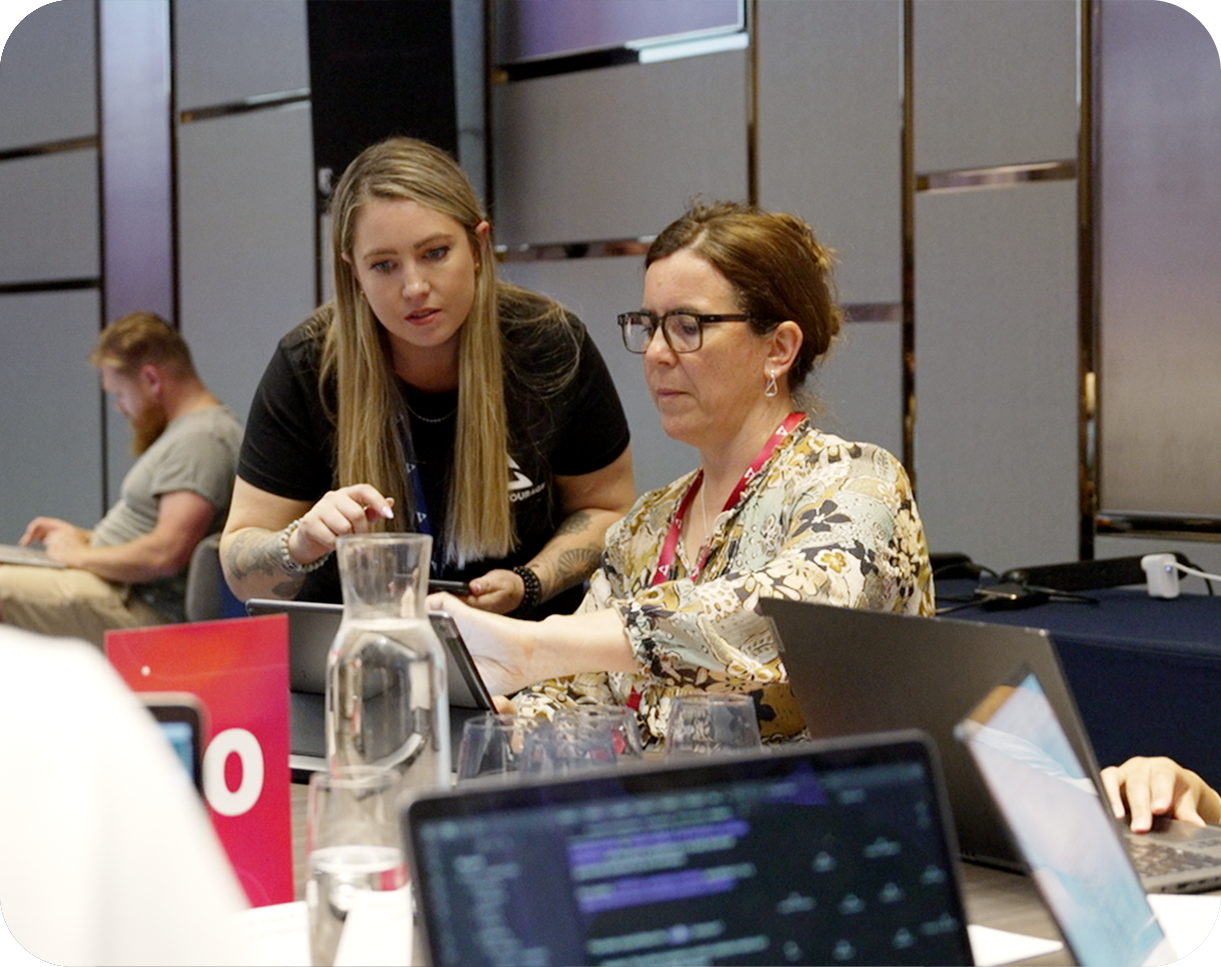Creating an effective employee schedule is crucial for the smooth operation of any business. It ensures that your workforce is adequately staffed during peak hours, helps avoid overtime costs, and improves employee satisfaction by providing clear expectations. However, designing a flawless schedule is often easier said than done. With varying employee availability, shift preferences, and business demands, scheduling can be a challenging task. This guide will walk you through essential steps to create an employee schedule that works for everyone.
1. Assess Your Business Needs
The first step in creating a flawless employee schedule is to understand the needs of your business. Every business has its peak hours, slower periods, and special events that require extra staffing. Analyzing these patterns can help you allocate resources effectively.
For example, a retail store may experience high foot traffic on weekends or during the holiday season, while a restaurant may need more staff during dinner service. By identifying your business’s busiest times, you can ensure that enough employees are scheduled to handle the workload, improving customer satisfaction and reducing employee burnout.
2. Communicate with Your Employees
Effective scheduling also requires clear communication with your employees. It’s essential to gather input regarding their availability, preferred shifts, and any potential conflicts. Employees appreciate when their preferences are considered, leading to higher morale and reduced turnover.
You can use surveys or scheduling software to gather this information, making it easy to update as availability changes. This approach not only makes your employees feel valued but also helps prevent scheduling conflicts that could disrupt operations. Open lines of communication also encourage employees to alert you of upcoming vacations or personal commitments well in advance.
3. Use Scheduling Software
One of the most efficient ways to streamline the scheduling process is by using scheduling software. These tools can automate the more tedious aspects of creating a schedule, such as calculating hours, avoiding overtime, and ensuring adequate coverage. Advanced scheduling software also allows for employee input, making it easier for managers to coordinate shifts without relying on manual tracking. Automated systems also help navigate complexities like varying shift patterns and compliance with labor laws with ease.
These scheduling solutions allow for real-time schedule updates, making it easier to manage last-minute changes. You can explore comprehensive scheduling tools on the Time Clock Wizard website that allow managers to create, adjust, and distribute schedules in minutes. These tools also offer features such as time-off requests, shift swaps, and automated reminders, ensuring that employees are always aware of their upcoming shifts. By using scheduling software, businesses can reduce human error and save time, making the overall scheduling process much more efficient.
4. Plan for Flexibility
Even the best schedules will face unexpected changes, whether due to last-minute time-off requests, sickness, or unanticipated business needs. A flawless employee schedule should be flexible enough to accommodate these changes without causing disruption.
Building flexibility into your schedule can involve cross-training employees so they can cover multiple roles or shifts if necessary. Additionally, maintaining a pool of part-time or on-call workers can help fill gaps when full-time staff are unavailable. By having a contingency plan in place, you’ll be better prepared to handle changes without impacting productivity or customer service.
5. Balance Employee Needs with Business Requirements
A critical aspect of flawless scheduling is balancing employee needs with the demands of your business. While it's important to accommodate individual preferences, it's equally essential to ensure that the business is fully staffed and running smoothly.
When conflicts arise, it’s useful to have a clear scheduling policy in place. This policy can outline how shifts are assigned, how requests for time off are handled, and the criteria for approving shift swaps. This transparency prevents misunderstandings and ensures that both managers and employees are on the same page regarding scheduling expectations.
Additionally, rotating shifts or giving employees fair notice of upcoming schedules can help create a sense of equity, reducing any potential frustration over unfavorable or inconvenient shifts.
6. Monitor and Adjust the Schedule Regularly
A flawless schedule isn’t something you create once and forget about. It requires ongoing monitoring and adjustments to remain effective. As business conditions change, such as during busy seasons or slower periods, you may need to adjust your staffing levels accordingly.
Regularly reviewing the schedule will allow you to spot any recurring issues, such as understaffing or overstaffing during certain times. If employees consistently struggle to manage their workload, it may indicate that additional staff are needed for those shifts. On the other hand, if employees are left idle, it may signal that shifts can be shortened or fewer staff are needed.
By analyzing your schedule and making data-driven adjustments, you can ensure that it continues to meet the needs of your business and employees over time.
Creating a flawless employee schedule is a dynamic process that involves assessing business needs, considering employee preferences, using the right tools, and being adaptable to change. With the help of modern scheduling solutions, you can simplify the process and create an efficient, employee-friendly schedule. By following these steps, you'll strike a balance between meeting business demands and keeping your team happy, which ultimately leads to a more productive and satisfied workforce.
Related Categories
Ryan Terrey
As Director of Marketing at The Entourage, Ryan Terrey is primarily focused on driving growth for companies through lead generation strategies. With a strong background in SEO/SEM, PPC and CRO from working in Sympli and InfoTrack, Ryan not only helps The Entourage brand grow and reach our target audience through campaigns that are creative, insightful and analytically driven, but also that of our 6, 7 and 8 figure members' audiences too.





